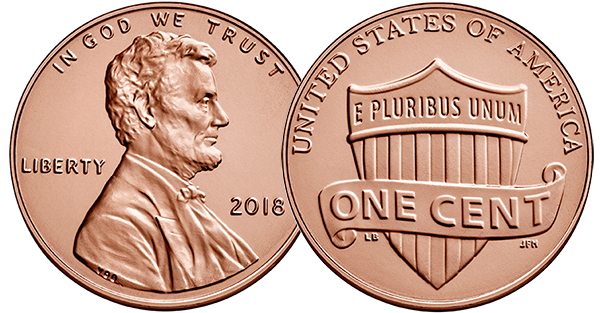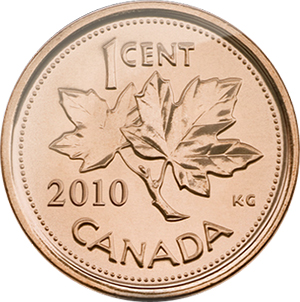
By Mike Fuljenz

President Trump wants each U.S. department to cut five percent in costs. Everyone has an idea for cutting small amounts, but we have to think bigger to make a dent in a public debt that is $21 trillion and growing by about $1 trillion each year. When it comes to the U.S. Mint and Bureau of Engraving and Printing (BEP), I have made the most cost-effective suggestion many times over the last five years: Kill the penny!
In 2013, I wrote about how the U.S. Mint lost $58 million in 2012 by producing six billion pennies. Each Lincoln cent cost Uncle Sam about two cents in materials, labor and distribution in 2012. The cost varies each year with the price of copper and zinc, but it always costs more than a penny to mint a penny. In 2016, the U.S Mint produced 9.1 billion cents at a cost of 1.5 cents each for a loss of $45 million. The Treasury has run deficits on penny production every year since 2006, losing a cumulative $600-plus million. By ceasing to produce pennies, they can free up resources to pour into more profitable projects. The U.S. Mint and the BEP are two of the most profitable agencies in the U.S. government, contributing to reducing the U.S. deficit.

Cents represent three-quarters of all the coins made by the Mint, so why let the money-loser run the shop? The public dislikes cents. Shop owners generally dislike them, too. No vending machines take them. It has also been suggested that further savings could be gained by making the nickel out of steel or eliminating it, too. Canada has shown us how to do this painlessly. Faced with the same situation, the Canadian government dumped its one-cent piece coins – a mainstay from that nation’s founding in 1867 until 2012 – and it is doing just fine six years later. Canadians adjusted without difficulty by rounding up or down to the nearest five-cent level. The last time I visited Canada in 2015, everyone loved their penny-less society.
If you want to talk about real savings, you can save $13.8 billion over the next 30 years by replacing one-dollar bills with one-dollar coins. I previously wrote about the late Senator John McCain (R-AZ) co-sponsoring a bill to make this happen. Maybe now is the time to pass such a bill in his memory. But I’ll save that argument for after we discontinue the penny.
Mike Fuljenz, president of Universal Coin & Bullion in Beaumont, Texas, is a leading coin expert and market analyst whose insightful writing and consumer advocacy have earned major honors from the ANA, PNG, NLG, and the Press Club of Southeast Texas. His website is UniversalCoin.com.












